
Dystonia is a neurological movement disorder characterized by sustained muscle contractions that cause twisting and repetitive movements, and often abnormal postures. This condition is usually hereditary but it may also be birth-related or associated with physical trauma, infection or poisoning. Sufferers from dystonia have continuous and significant muscle pain, cramping and relentless muscle spasms, which are highly unpleasant and present challenges in normal activities.
Treatment for dystonia focuses on minimizing the symptoms of the disorder and reducing the types of movements that may lead to their worsening. Taking plenty of rest, practicing moderate physical exercise and relaxation techniques, are known to provide some relief. Yoga is also a great choice for these patients since it provides relief from muscle spasms and tightness caused by dystonia.
Yoga for dystonia
Yoga offers a number of benefits for people suffering from dystonia. For example, in strengthens the body and takes it back into normal postural alignment. People affected by dystonia will benefit from yoga asanas when their body starts to get stronger. Most of the yoga exercises are focused on core areas, abdominals and hamstrings, which play a significant role in keeping a good posture.
Yoga exercises are also known to promote balance. This is important for people with dystonia since they often find quite a challenge to walk without stumbling.
Flexibility is another significant benefit gained from yoga practice. Focused lengthening of the muscles can aid with relaxation and pain management. It also relaxes muscles that have shortened, and enables the body to regain better range of motion.
Yoga exercises for dystonia
People suffering from dystonia should practice yoga asanas from seated position, to ensure maximum safety and comfort. Slow motion drive is one of the best exercises performed in a chair, while hands are resting on the knees. The exerciser should inhale and slowly lower the body towards the feet, with every exhale. When the hands reach floor, exerciser should rest for a minute while breathing fully and stretching the neck and the spine.
Seated Neck Stretch is another good exercise that stretches the neck muscles. This exercise is also performed from the chair. The exerciser positions the right hand behind the ear, grasping the base of the skull and slowly pulls the skull to the right with each exhale. The exercise is repeated on the other side.
Seated Twist relaxes the neck and the ribcage. The exercise is performed from the cross-legged position on the floor. The exerciser inhales and strengthens the spine and slowly exhales while bringing the right hand across the left knee, and turning the spine to the left. The position is held for a couple of breaths and then repeated on the other side.


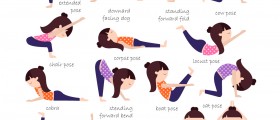

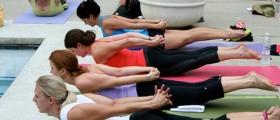
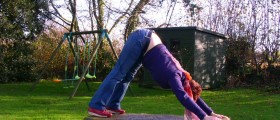
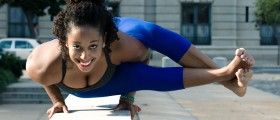

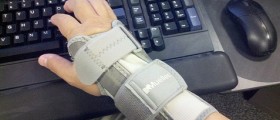
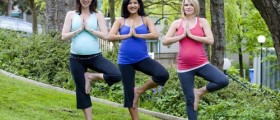


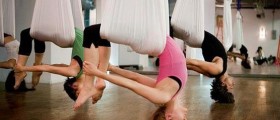

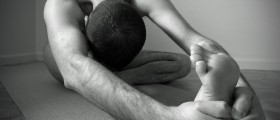


Your thoughts on this
Loading...